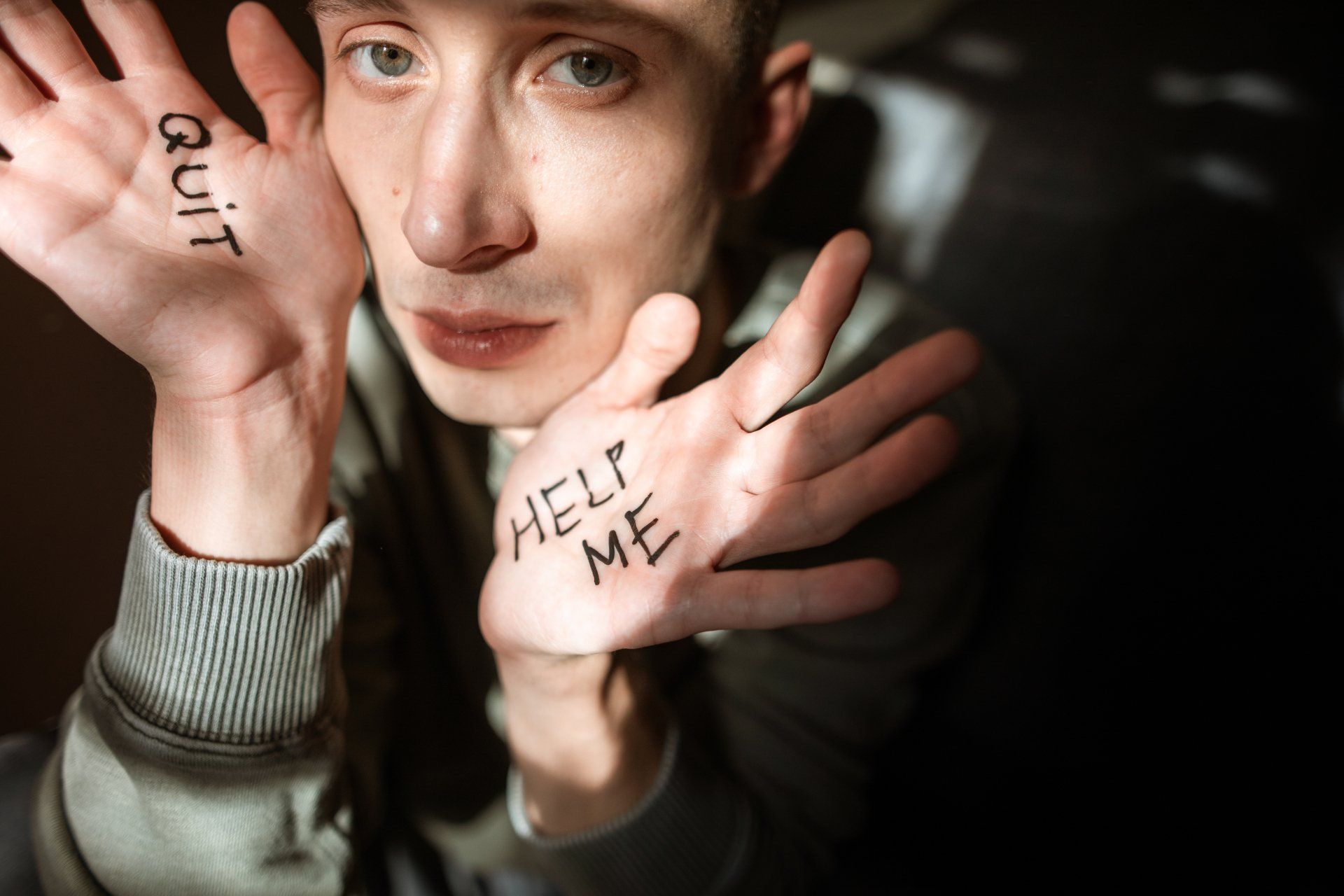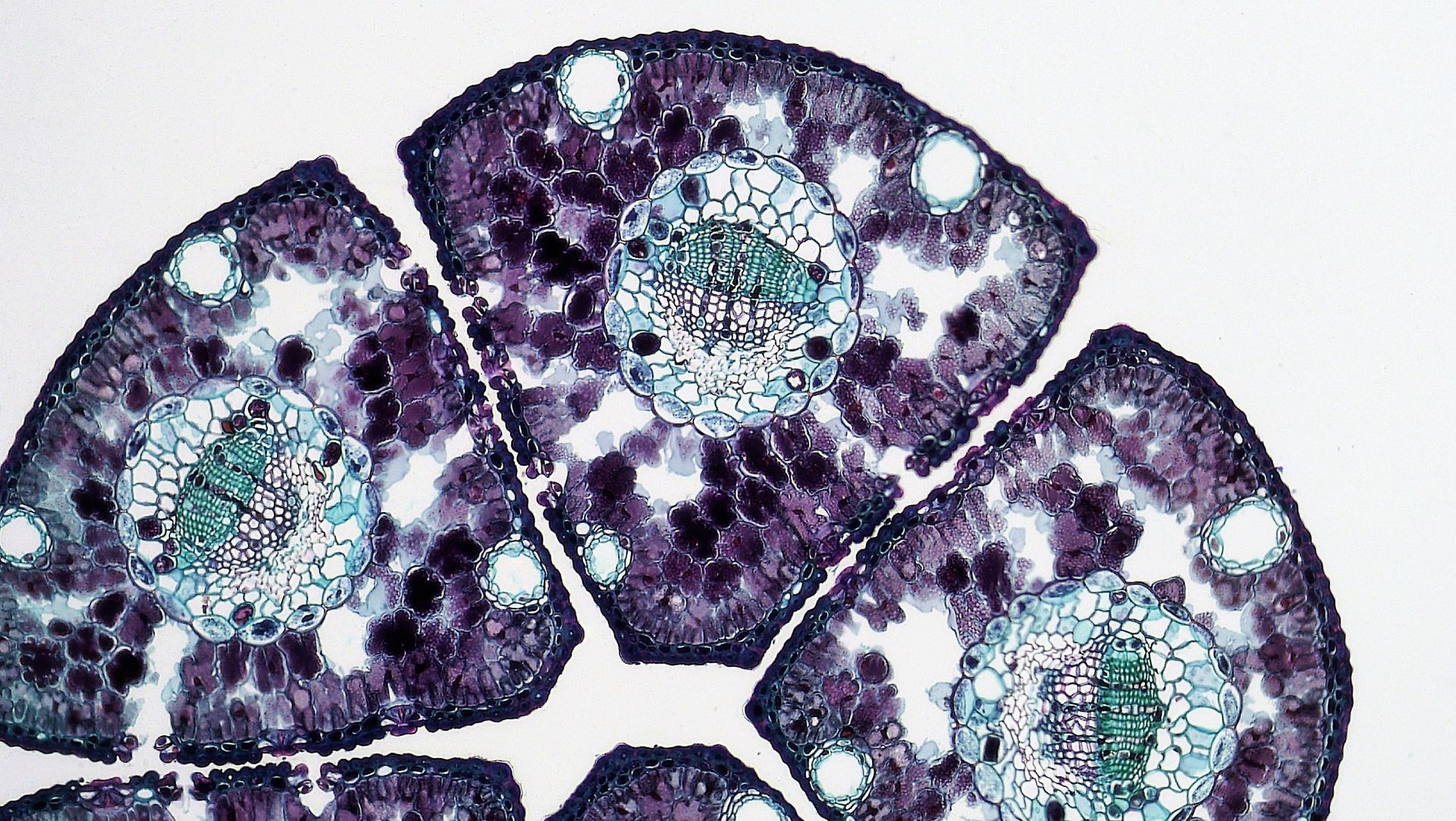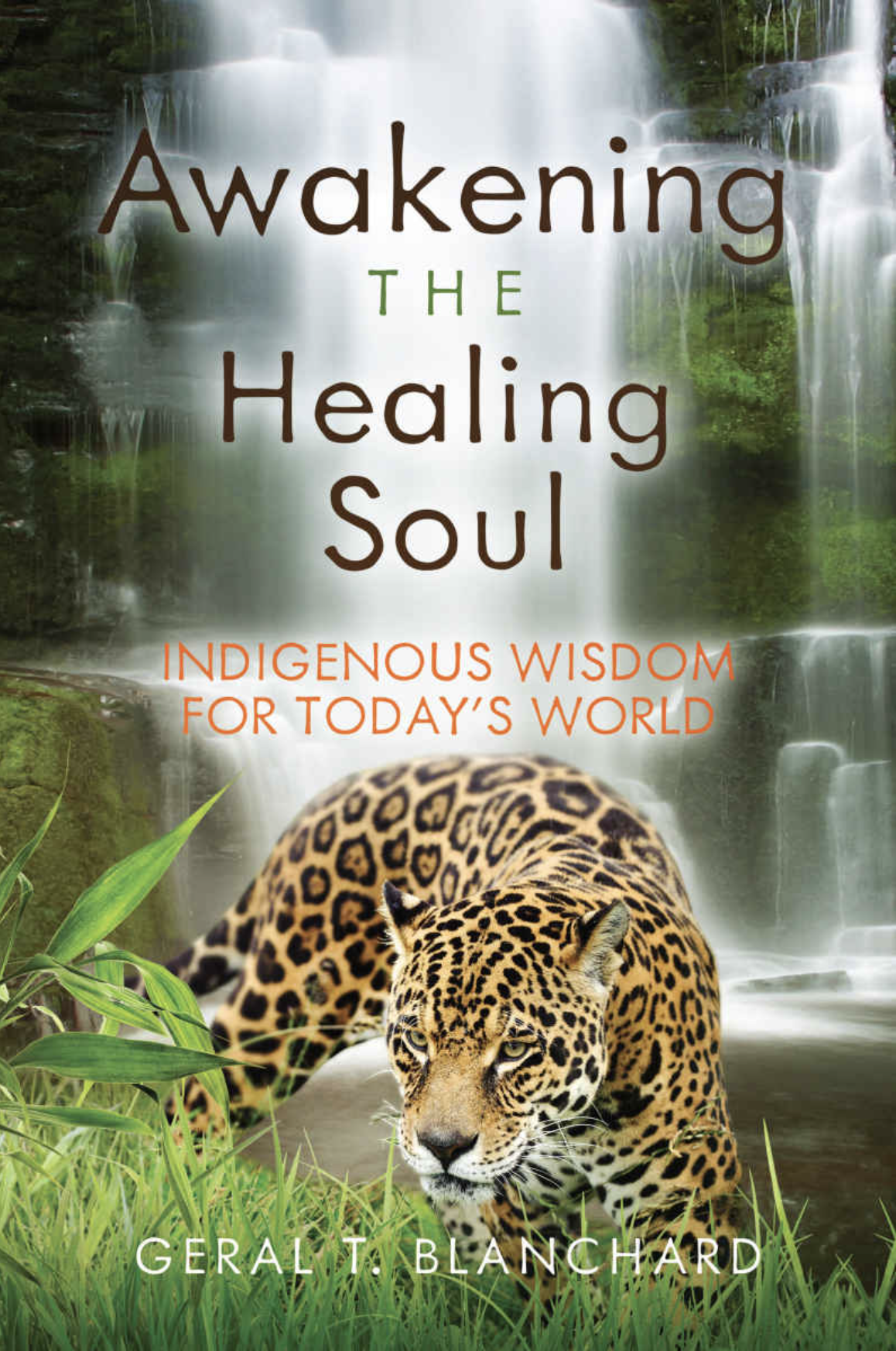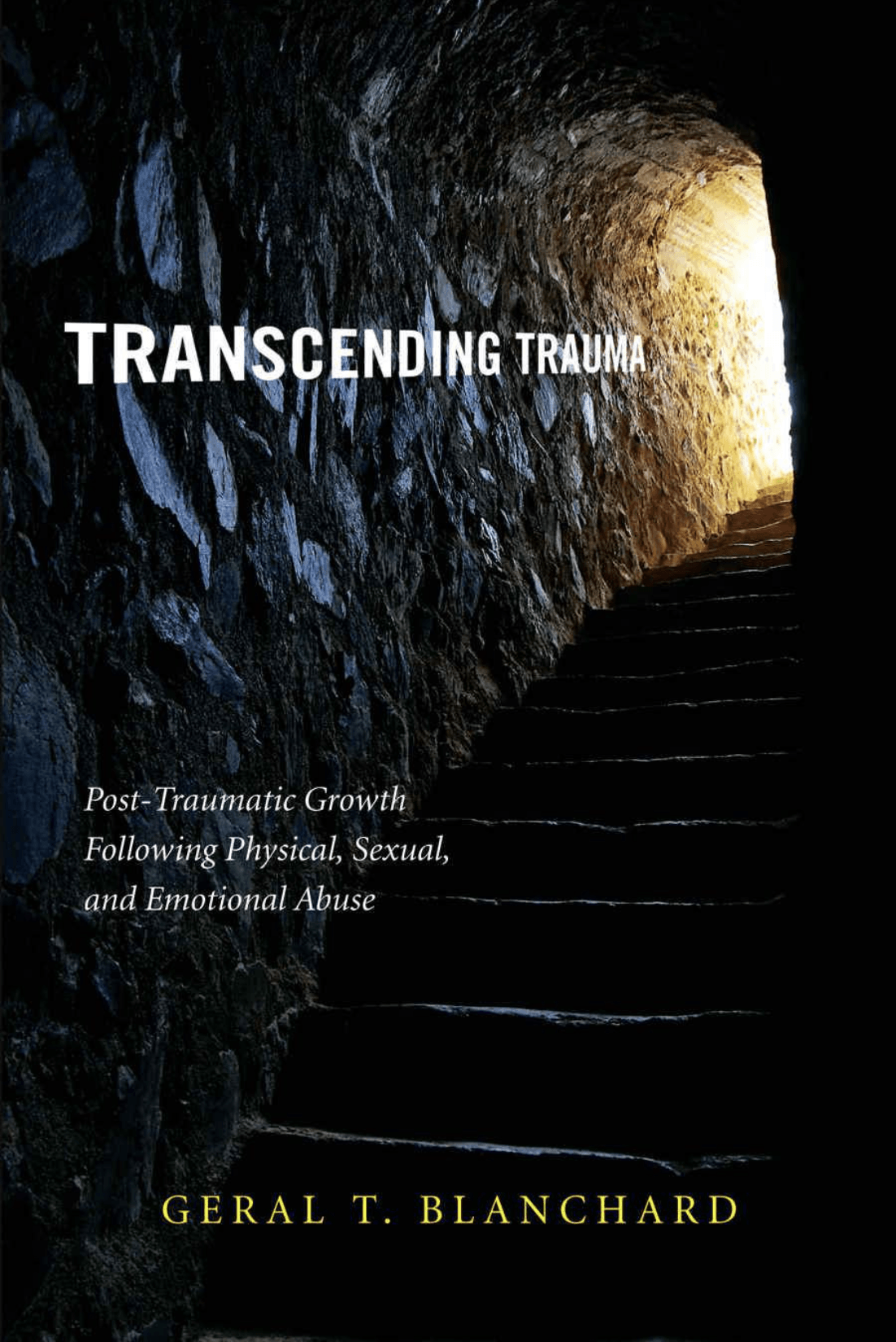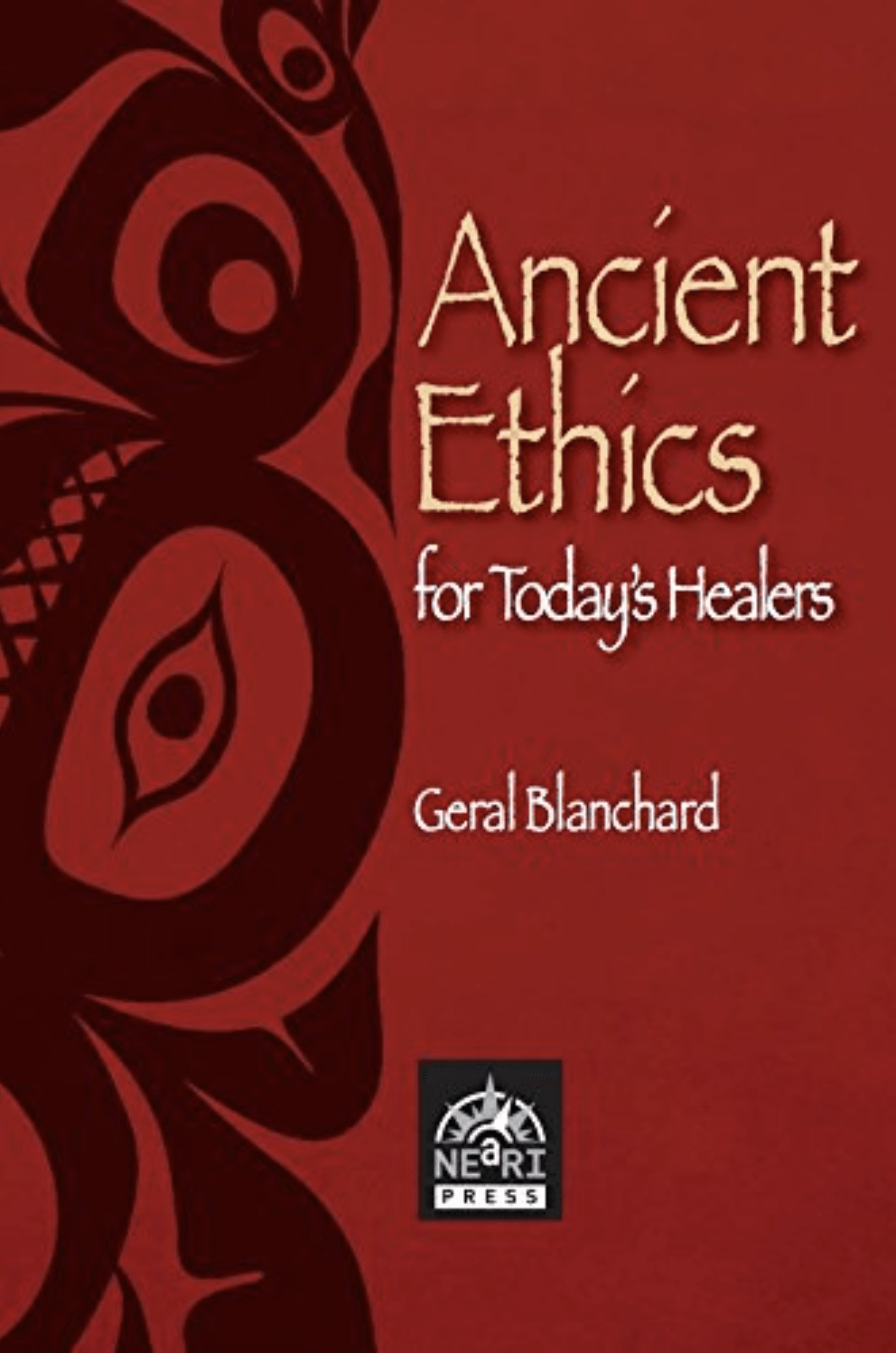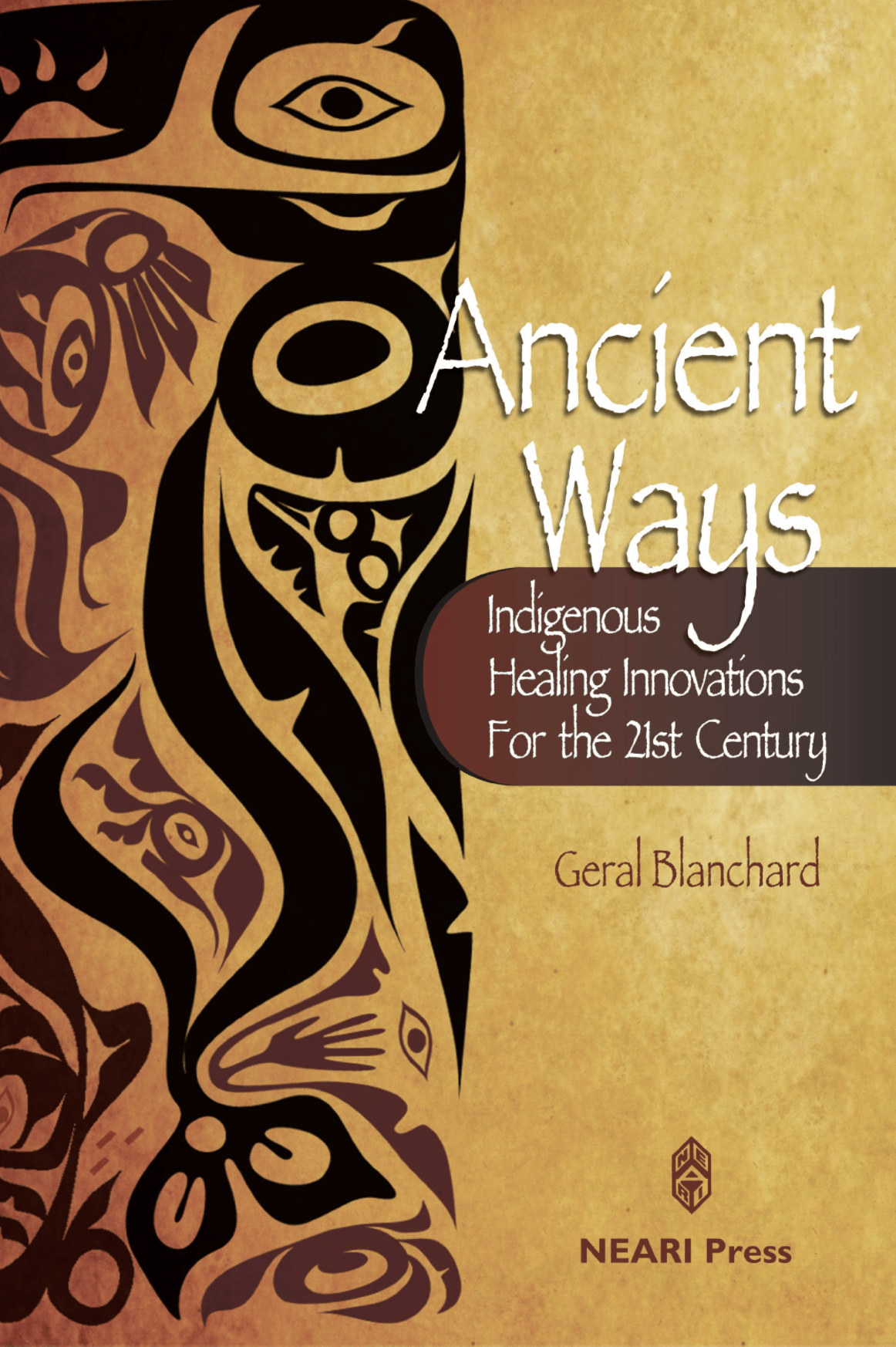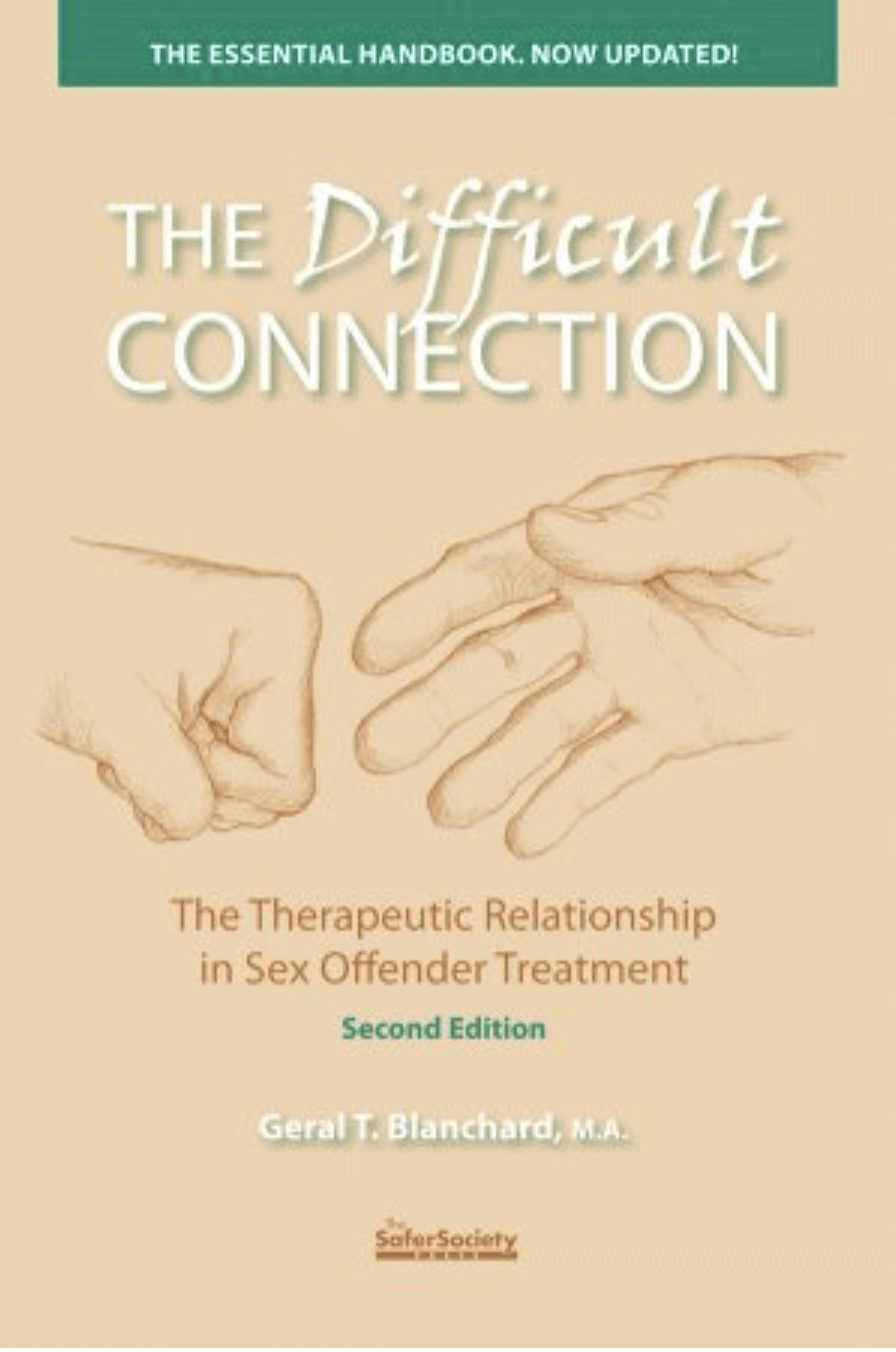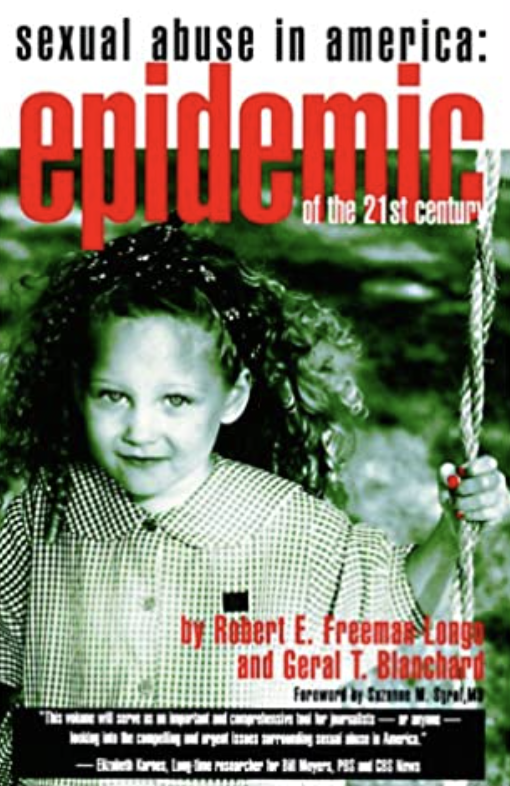Geral Blanchard, LPC, is a psychotherapist who is university trained in psychology and anthropology. Formerly of Wyoming and currently residing in Iowa, Geral travels the world in search of ancient secrets that can augment the art and science of healing. From Western neuroscience to Amazonian shamanism, he has developed an understanding of how to combine old and new healing strategies to optimize recovery, whether from psychological or physical maladies.
MDMA and the Hero's Journey
One of my heroes, Joseph Campbell, offered a motif of the archetypal hero’s journey that has survived many decades largely because it is based on humankind’s universal healing struggles.
As a person sets out on their own sojourn following traumatic circumstances, it may prove fruitful to examine the footsteps of predecessors and the wisdom of literary storytellers.
First, Campbell’s ideas. He offered a multi-step scenario of how it unfolds (that I am greatly condensing):
1) Spend some time in this confusing ordinary world.
2) When enough pain arises, a spark sets us on a scary path of adventure – departure into the scary world of uncertainty.
3) A powerful initiation occurs when trials, obstacles, foes, and then friends are encountered, battled, overcome, and eventually embraced.
4) A return to “civilization” occurs with wisdom to be shared with those who will be similarly challenged.
Story theorist, Christopher Brooker, contends there are five recurring plots to a heroic story:
1) A dream stage in an unexamined life when everything seems to be going well.
2) A frustration stage when fortunes suddenly turn.
3) A call to action following an encounter with a “monster” or “dark power,” imagined or real.
4) A descent into nightmarish conflict.
5) A resolution that comes with greater balance in life and a person becomes whole.
Will Storr, in The Science of Storytelling, offers a standard five act structure that is much like a three-minute pop song theme:
Act I: This is me, and it’s not working.
The protagonist’s old ideas of control are contested. Unexpected change occurs. An ignition point is reached when things explode and the individual is thrust into a new psychological reality.
Act II: Is there another way of being?
The old theory of determined control is questioned and it begins to break down. There are rising moments of fear and excitement that bounce the individual around.
Act III: I am transforming.
Grim tension grips the protagonist and new ways forward are cognitively learned. The individual starts to change in powerful and seemingly irreversible ways. There will be no going back, although that realization is not fully known, yet.
Act IV: Can I handle the pain of change?
Chaos spirals for a seemingly endless time. The protagonist reaches the lowest and darkest time of life. The hero of the story questions his/her ability to change – “Can I do this?” The plot won’t leave them alone, pressure persists. They realize that soon a big decision will have to be made – who are they going to be?
Act V: Who am I going to be hereafter?
A peak moment occurs when the protagonist fights for control of the plot, rather than passively remaining in its grip. Chaos subsides. They’re going to be someone new, someone different, maybe the person they were always meant to be despite impediments encountered along the way.
A gripping plot always has a nagging and persistent question at its core. It gradually erodes the protagonist’s model of who they are and how the world works. Then, with insights afforded by their painful struggle, they rebuild.
*********
When change eventually arrives it is because new information has preceded it. This is “Big Data” (Source/God/Cosmic Consciousness) speaking to them. And as is the case with all good stories and movies, what rests at the healing core are always human closeness and human connection, which prove to be more valuable than all the riches of the world. It is what hyper-social animals need – from wolves, to horses, to people.
If they are going to “crack up” or “crack open” is determined by the willingness of the protagonist to bravely throw themselves into the drama, to wrestle with dragons. It’s the only way we grow in big ways. In this way lasting courage is forged.
*********
Other Topics
Basics of MDMA
Rituals and Ceremony
Brain and MDMA
Trauma
Heart
Energy Movement
Quantum Physics
Native Cosmologies
Nature
Spirituality/Enlightenment
Kogi Tribe
Books written by Geral T. Blanchard
More Articles






